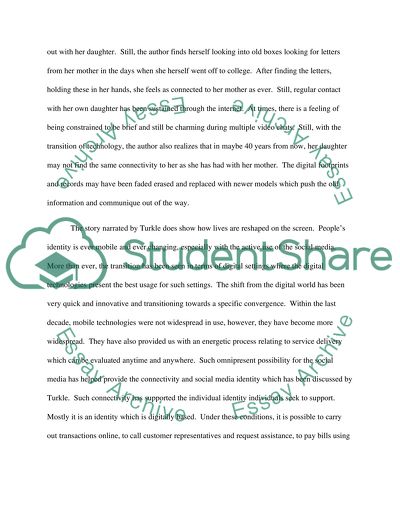Cite this document
(“Gender Studies Essay Example | Topics and Well Written Essays - 2000 words”, n.d.)
Retrieved from https://studentshare.org/gender-sexual-studies/1490119-gender-studies
Retrieved from https://studentshare.org/gender-sexual-studies/1490119-gender-studies
(Gender Studies Essay Example | Topics and Well Written Essays - 2000 Words)
https://studentshare.org/gender-sexual-studies/1490119-gender-studies.
https://studentshare.org/gender-sexual-studies/1490119-gender-studies.
“Gender Studies Essay Example | Topics and Well Written Essays - 2000 Words”, n.d. https://studentshare.org/gender-sexual-studies/1490119-gender-studies.


